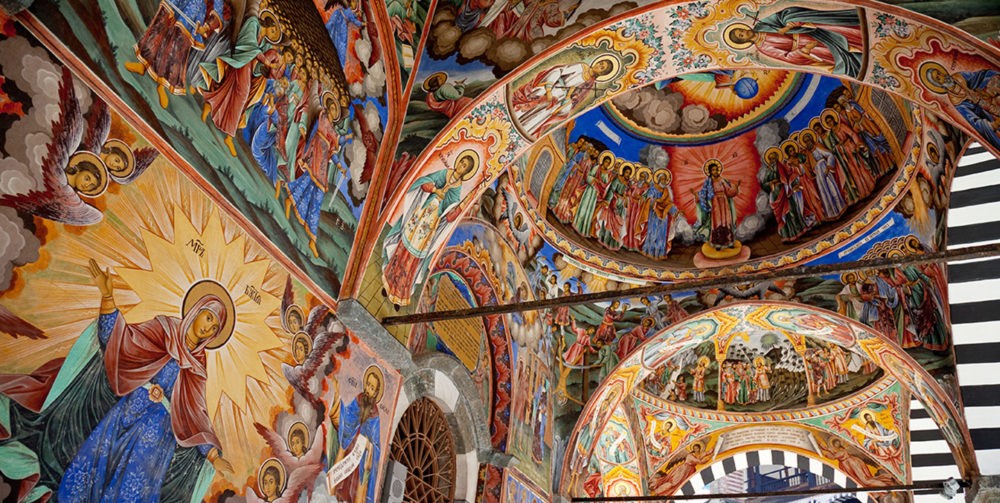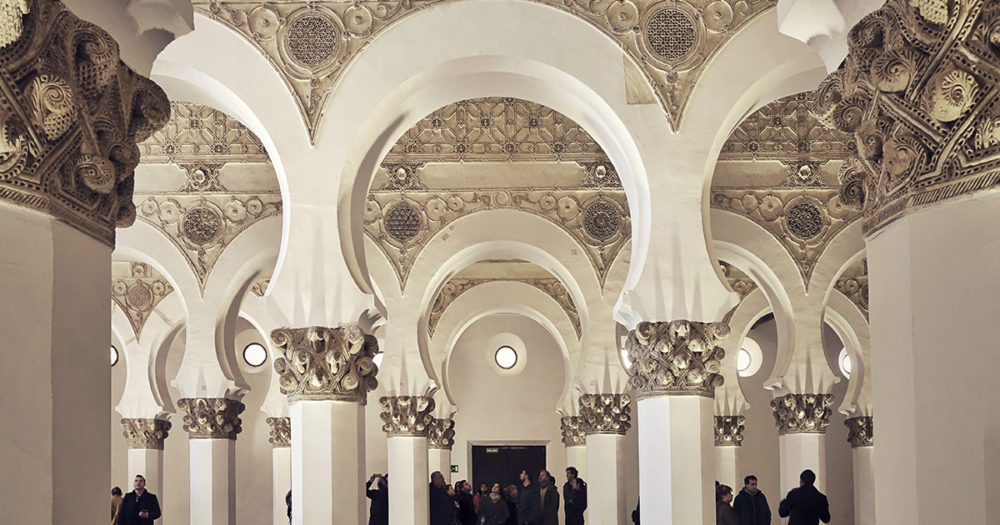Europe's Rich Religious History
Do you have an itch to explore Europe’s history in a unique way, to eschew to well-trod destinations and instead dive into unknown, exciting waters? We have a suggestion for you. Use Europe’s religious history as an entry-point.
You may be thinking—but I’m not a religious person. That’s ok! Whether or not you follow the teachings of a certain tradition of worship, religion is a great lens through which to explore Europe’s past in an unexpected and fulfilling way. How, you might ask? Not only is religion tied tightly with European history and culture—in many cases, they can be seen as one and the same—but it often gives you entry to some of the most stunning art, music, and architecture this continent has to offer the historically curious traveler. Keep reading for ideas on how to use religion as a way to give yourself an unforgettable European trip.
As you may know, Europe has long been home to a diversity of religions. From the ancient pre-historic faiths that once dominated the continent, to the spread of Christianity, to the current-day diversity of faith, this land has long been home to many people who pray to different gods and follow different traditions. This wonderful diversity, which carries on, means that from east to west, the curious traveler will come across remarkable experiences that only exist in Europe.
The Catholic church played a role in ending Soviet power in Poland. Here’s how
A great place to begin is in Poland, where Catholicism has long played a strong force in politics and society. In this country, which makes up a big portion of Central Europe, take a pilgrimage tour to discover religious sites with remarkable history. Want a good place to start? Consider Wadowice, the birthplace of Pope John Paul II, who played an important role as a catalyst and spiritual leader for many of the activists who toppled the Soviet grip on Poland and the region. Then, consider a site on the Baltic Coast, such as the majestic gothic Basilica of the Assumption of the Blessed Virgin Mary in the ancient and gorgeous port city of Gdańsk. This basilica dates back to the 13th century and with its 185,000 m2 of volume, currently stands among the largest brick churches in the world. Here’s an idea to help you delve into Polish history—use the church as a case study to understand the events of World War II. For example, between 1939 and 1945, officials removed church artwork, archives, epitaphs, and furnishings and stored them outside of the city. When the Red Army liberated Gdańsk, the church was severely damaged, which mirrors the ruined state of many of Poland’s cities in 1945 .

Take a moment of reflection in a stunning Eastern Orthodox monastery
In the far west of Bulgaria, there stands one of the most stunning monasteries you will ever set eyes upon. Famous for its bright colors, painted archways, and history dating back to the 10th century, the Rila Monastery will connect you with Bulgaria’s rich Eastern Orthodox heritage in a mountainous setting that is truly one of the most stunning locations in Europe. For all those people whose interests in European history merge with art, the Rila Monastery is an ideal destination. At the Monastery museum, witness the intricate frescoes that line the arched ceilings of many of the buildings. Take in the gorgeous biblical scenes, depicted in bright color. Or, if you’re hoping to find a quiet, tranquil place among ancient architecture to reflect, take a moment of calm in the courtyard or in the hills just behind the Monastery.

Visit the “City of the Three Cultures”
In the Spanish city of Toledo, the historically curious traveler will find something remarkable: a place where three major religious groups—the Muslims, Jews and Christians—once lived together. As you explore Toledo, nicknamed the “City of Three Cultures,” you will come face to face with works of great art and architecture that are directly tied to its diverse history. An ideal place to start is the ancient Jewish Quarter, a neighborhood in the south of the city where Jews lived during the Middle Ages. Visit the Synagogue of Santa María la Blanca, erected in the year 1180 and considered by some to be the oldest standing synagogue on the continent. Make special note of the Moorish style in which the building was built and its characteristic Almohad architecture.
In the year 999, Muslim residents of Toledo built the Mosque of Cristo de la Luz, which is a fifteen minute walk from the synagogue. This mosque is an excellent reminder of the city’s Islamic history. In fact, Toledo was for a time, under Islamic Arab rule, during which it was called Ṭulayṭulah. When you visit the building, make sure to take a moment to appreciate the marvelous stonework that is visible on the façade, especially the arching designs and intricate features, which have persisted even after a thousand years’ time.
End your religious tour of Toledo with a stop at the Primate Cathedral of Saint Mary of Toledo, which stands in the center of the city. Built in the 13th century and considered by experts to be among the finest architectural gems of Gothic Spain, the cathedral is certainly worth a visit. Make sure to stop at the Puerta del Perdón(Portal of Forgiveness) to witness the intricate stonemasonry and carvings.

So, now that you have some ideas, the only thing left to do is plan a trip to this continent that fits your personal desires. Of course, we all may need to wait a little longer before travel is possible, but that gives you time to design a trip that will be unforgettable. Want inspiration? Follow the hashtag #HistoricallyCurious on all major social media channels!